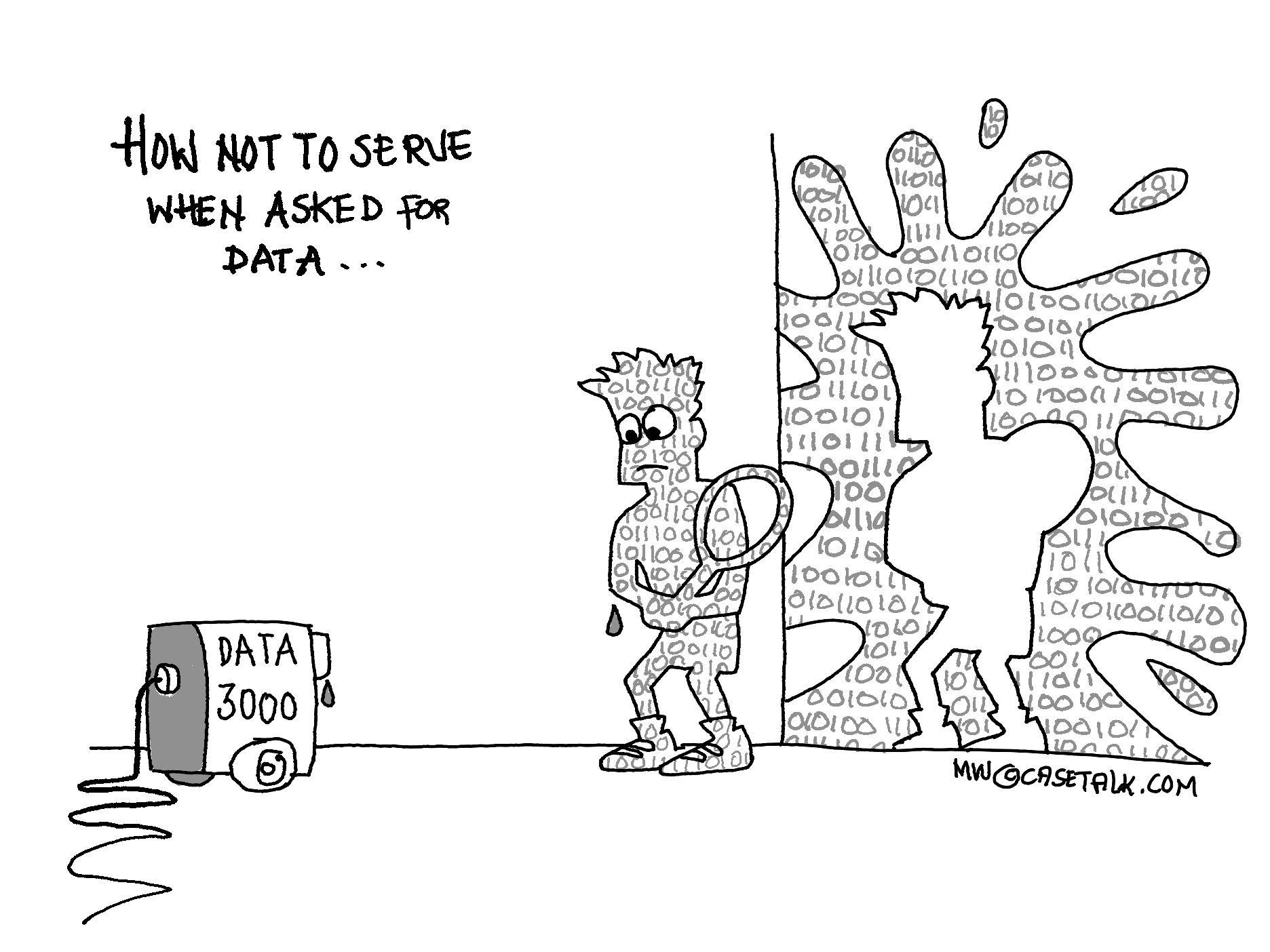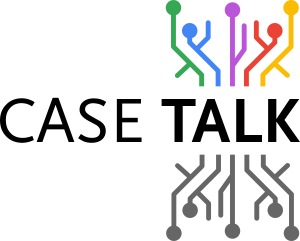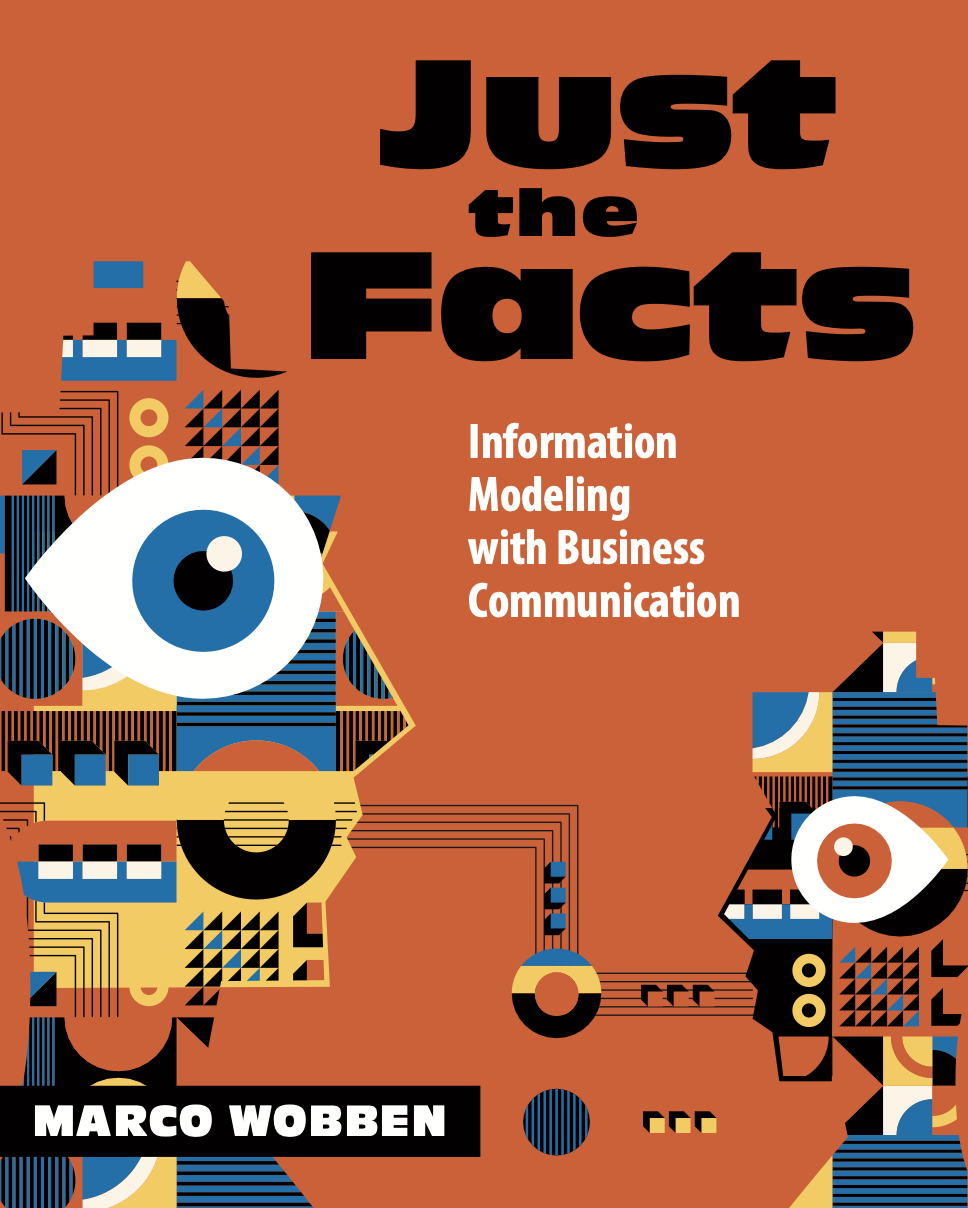Why Business Users Are Drowning in Zeros and Ones — And How FCO-IM Can Help
There’s a moment in every business meeting where someone asks for data — and what lands on their desk (or screen) looks less like insight and more like a high-speed serve of raw bits. It’s a common mismatch: the business asks a question, and IT returns a flood of disconnected numbers, wrapped in technical jargon, dashboards, or databases nobody asked for.
But the real issue goes deeper. It’s not just that there's too much data. It's that we’ve forgotten the point of data in the first place: to communicate.

The Communication Breakdown Between IT and Business
- Data projects often start with good intentions.
- Business users need clarity, relevance, and alignment with real-world operations.
- IT departments, eager to deliver, jump into technical execution: databases, reports, integrations — but often without truly understanding the underlying business facts.
- Result: overwhelming output, little usable insight.
Why More Data ≠ Better Decisions
- Dashboards filled with numbers don’t tell you why things are happening.
- Data lacks meaning when stripped from its context — the "what" and "how" of the business.
- Without a shared understanding, misunderstandings multiply.
Enter FCO-IM — From Chaos to Communication
- Fully Communication-Oriented Information Modeling (FCO-IM) starts where it matters: with the facts as business users express them.
- It doesn’t assume; it asks. It doesn’t abstract; it records.
- FCO-IM captures the exact way stakeholders describe their world, transforming that into a formal, logical, and machine-readable model without losing the original intent.
From First Question to Final Insight — A Complete Line
- FCO-IM builds a transparent, traceable path from business questions to technical implementation.
- Every data element is anchored in a verified, verbalized fact — meaning every number has a purpose and a story.
- That’s how you serve meaning, not just data.
Let's Stop Hitting and Start Communicating
The next time someone asks for data, don’t just reach for the implementation. Think like a communicator, not just an engineer.
Because in the end, good data isn’t just delivered — it’s understood.


